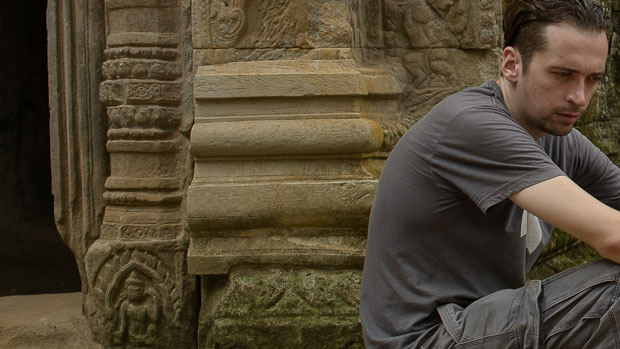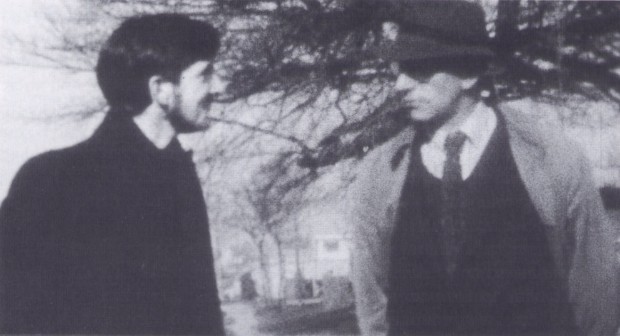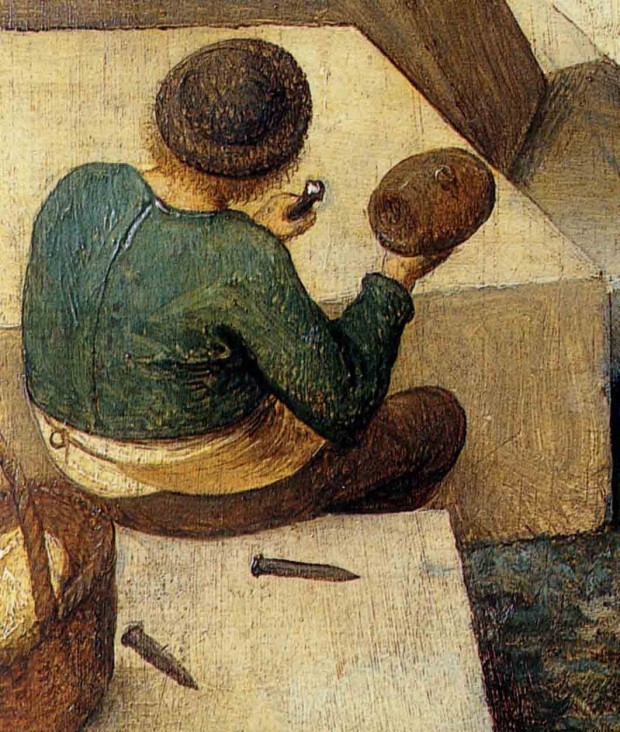Echoes of Mondrian

Sean O’Hagan reviews The Americans are Coming, Warhol, Burroughs and Lynch at the Photographers’ Gallery.
In this triumvirate of maverick American talents, David Lynch emerges as the most old-fashioned, that is to say, formally consistent photographer. In The Factory Photographs he is represented by his pictures of the single subject of the title – deserted industrial spaces. (He also photographs nudes and forlorn snowmen.) His black-and-white photographs of decaying buildings are really black and grey. Taken as a whole they make a kind of elegy to industrialism and, in their ominous darkness, possess a unified aesthetic that sets him apart from the other two artists.




